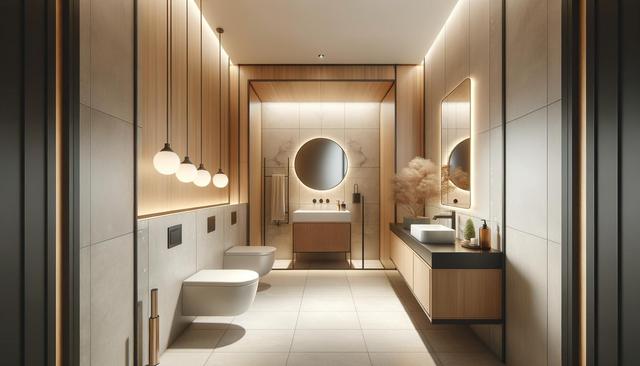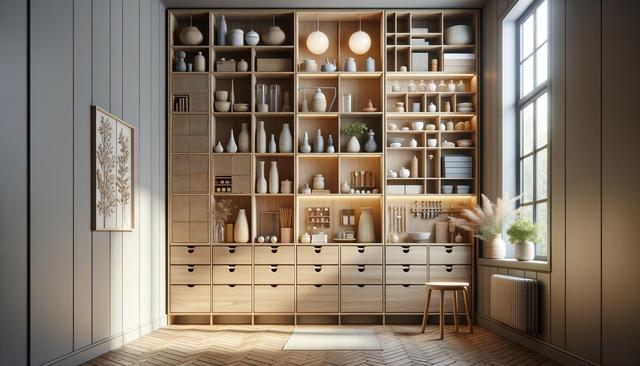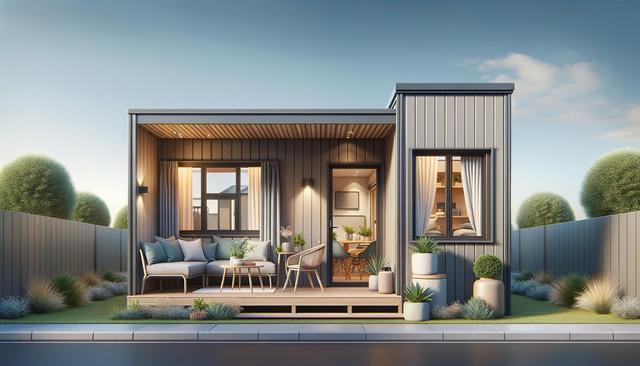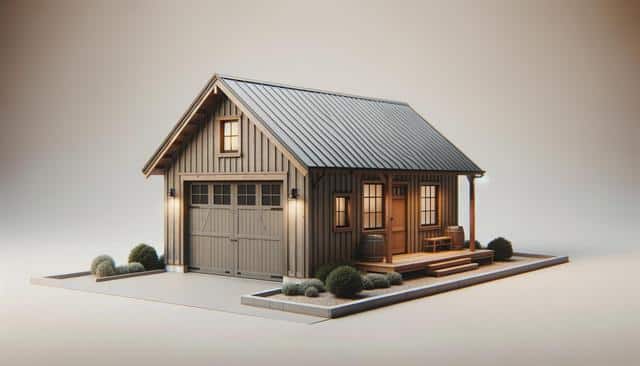
Modern Washroom Design Ideas for Functional and Stylish Spaces
Embracing Minimalism in Washroom Layouts
Modern washroom designs are deeply rooted in minimalism, which helps to create a sense of calm and spaciousness. Clean lines, uncluttered surfaces, and a restrained color palette are essential components. When planning a layout, consider wall-mounted fixtures such as vanities and toilets to free up floor space and give the room a more open feel. Floating cabinetry is not only aesthetically appealing but also makes cleaning easier.
For those working with smaller spaces, a minimalist approach becomes even more valuable. Opt for compact furniture and avoid over-accessorizing. A glass shower enclosure can replace a traditional bathtub to save room and allow light to pass through, enhancing the sense of openness. Incorporating recessed shelving can provide necessary storage without interrupting the visual flow of the room.
Key elements of a minimalist washroom include:
- Wall-hung vanities and toilets
- Neutral tones such as white, beige, or light gray
- Built-in storage solutions
- Frameless mirrors and glass enclosures
Minimalism goes beyond aesthetics—it’s also about functionality. Every element should serve a purpose, contributing to a space that is both beautiful and efficient.
Natural Materials and Earthy Tones
Incorporating natural materials into your modern washroom design brings warmth and texture to what might otherwise be a sterile environment. Materials like wood, stone, and concrete not only add depth but also connect the space to nature, which can promote relaxation and well-being.
Wood can be used in cabinetry, shelving, or even as an accent wall, while stone tiles or countertops create a grounding, tactile experience. Concrete, though industrial in nature, can be softened with warm lighting and matte finishes. These materials pair well with earthy tones such as taupe, sand, and terracotta. Layering these shades creates a cohesive and inviting atmosphere.
Suggestions for integrating natural elements:
- Stone vessel sinks for a sculptural focal point
- Wood veneer or bamboo cabinetry
- Textured natural stone tiles for walls or flooring
- Plants or green walls to bring in organic life
By combining natural textures with understated color schemes, you can craft a modern washroom that feels both contemporary and soothing.
Smart Fixtures and Technology Integration
Technology has become an integral part of modern washrooms, offering both convenience and luxury. From touchless faucets to heated flooring, integrating smart technology enhances both function and comfort. These innovations can also contribute to energy efficiency and water conservation.
Smart mirrors with built-in LED lighting and defogging features are increasingly common. Some even include Bluetooth speakers or voice-assistant compatibility. Touchless faucets not only reduce water waste but also improve hygiene. Similarly, smart toilets with features like bidet functionality, seat warming, and automated lids are gaining popularity for their comfort and cleanliness.
Popular smart additions include:
- Digital showers with customizable temperature settings
- Motion-sensor lighting for energy efficiency
- Heated towel racks and floor systems
- Smart ventilation systems to prevent mold and humidity issues
When incorporating technology, it’s essential to ensure that the systems are user-friendly and seamlessly integrated into the overall design. A modern washroom should feel intuitive, not overwhelming.
Optimized Storage for Functionality
Efficient storage is a cornerstone of any functional washroom. Without proper storage, even the most beautiful space can quickly become cluttered. Modern washroom designs focus on concealed and multi-functional storage solutions to maintain a clean and organized appearance.
Wall niches in showers and above bathtubs provide storage without protruding into the room. Under-sink drawers with dividers help keep everyday items organized. Vertical storage, such as tall cabinets or open shelving, makes use of otherwise unused wall space. Mirror cabinets can double as storage and a reflective surface, ideal for smaller areas.
Effective storage strategies:
- Vanities with built-in organizers
- Pull-out bins for waste and laundry
- Over-the-toilet cabinets or shelves
- Hooks and rails for towels and accessories
By planning storage into the design from the outset, you can ensure that the space remains both visually appealing and highly functional over time.
Lighting and Mirror Design for Enhanced Aesthetics
Lighting and mirrors play a crucial role in modern washroom design. They not only influence the mood and usability of the space but also contribute significantly to its visual appeal. A well-lit washroom feels larger, cleaner, and more inviting.
Layering different types of lighting—ambient, task, and accent—creates a balanced and flexible atmosphere. Recessed ceiling lights provide general illumination, while wall-mounted sconces or LED strips around mirrors offer focused task lighting for grooming. Under-cabinet lighting can add a soft glow that enhances the overall ambiance.
Mirrors serve both practical and decorative functions. Large, frameless mirrors can visually expand a space, while backlit mirrors add a modern touch and improve visibility. Consider installing mirrors with built-in storage to combine style and function.
Lighting and mirror tips:
- Use dimmable lights to adjust mood and brightness
- Select mirrors with anti-fog features for convenience
- Combine natural and artificial light sources for balance
- Install lighting at eye level to reduce shadows
Through thoughtful placement and selection of lighting and mirrors, you can transform a basic washroom into a refined and welcoming retreat.
Conclusion: Designing Washrooms That Marry Style and Function
Modern washroom design is about creating spaces that are as practical as they are visually pleasing. Whether you’re working with a compact area or a spacious layout, the principles of minimalism, natural elements, smart technology, efficient storage, and strategic lighting can be applied to achieve a balanced and inviting environment. For homeowners and designers alike, focusing on these aspects ensures a washroom that not only meets daily needs but also enhances the overall living experience. Invest in thoughtful design, and your washroom can become one of the most refined spaces in your home.


